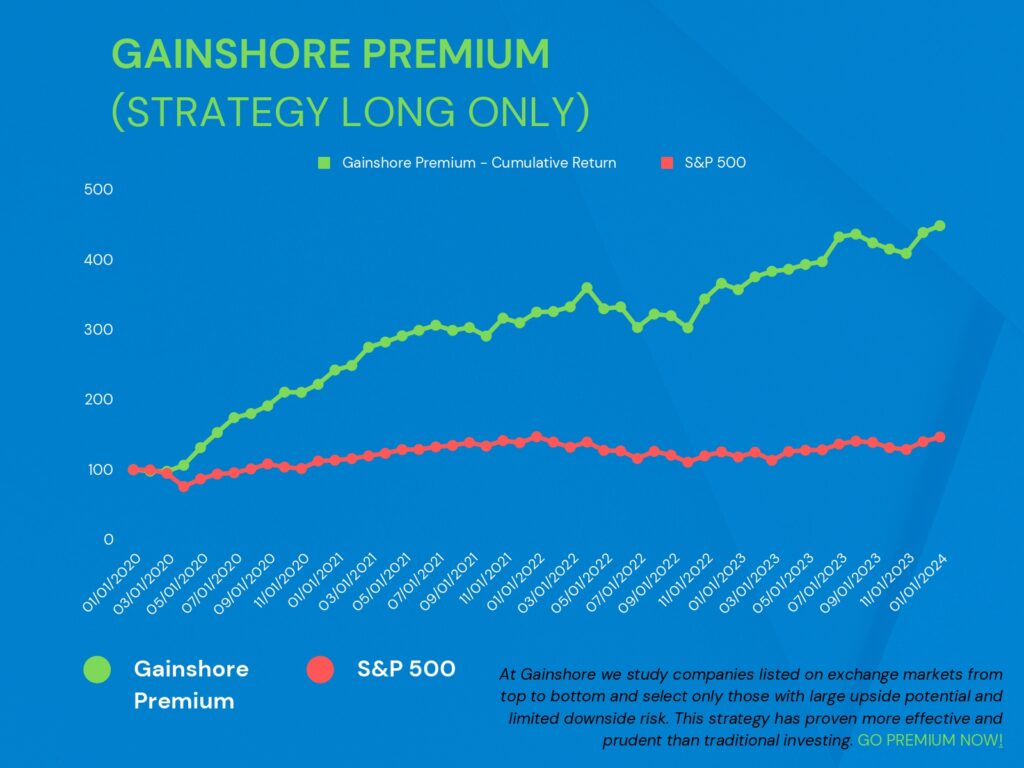Private Equity Funds
Private equity funds are pooled investment vehicles like mutual and hedge funds.
A private equity firm, known as the adviser or general partner, pools money invested in the fund by multiple investors, limited partners, and then makes investments on behalf of the fund.
Private equity funds often take a controlling interest in an operating company and engage in active management of the company to bolster its value and derive a capital gain.
Other private equity fund strategies include targeting fast-growing companies or startups.
Like hedge funds, private equity funds have limited accessibility and tend to focus on long-term investment opportunities of 10 years or more.
Table of Contents
The glossary of a private equity fund
- The General Partner – a private equity firm
- The Limited Partnership – the private equity fund
- Limited Partners – private equity fund investors
- Companies – the recipients of investments from the fund
- Fund Term
The technical life of a fund is called the Fund Term. Unlike public equity funds – which usually operate on an ongoing basis – the fund’s duration is limited. The most common term is ten years, with optional extensions (usually two or three years).
Public equity vs Private equity
Stocks are securities that represent a share of a company’s capital, which is why they are alternatively called shares. Shares of public joint-stock companies (SPAs), not to be confused with publicly owned companies, are traded on exchanges such as the London Stock Exchange (LSE) or the New York Stock Exchange (NYSE).
Private equity is a stake in a privately held company; hence, an investment in companies not listed on the stock exchange.
The same difference exists between bonds traded on regulated markets (public debt) and loans to private/unlisted companies (private debt).
Shares of publicly traded companies (public equity) are considered one of the three main classes of investment assets, along with bonds and cash. Private equity, on the other hand, is regarded as an “alternative” asset class, along with a number of other assets, including private debt, real estate, infrastructure and natural resources.
An overview of a private equity fund
When a private equity firm creates a private equity fund, it forms a “limited partnership.”
The company launches a call for investors to contribute to a pool of capital that will be used to invest in private companies that fall under a predetermined investment strategy.
By contributing, investors become “Limited Partners” of the fund. The private equity firm is the “General Partner” of the fund and is responsible for investment management.
The goal of a private equity fund is almost always, after a certain number of years, to sell the stake in the company and obtain a high return on equity.
Leveraged buy-out: Private equity buy-out funds constitute the largest segment of private market strategies. Leveraged buy-out funds aim to take a controlling stake in mature businesses to improve the business, restructuring and reselling the stake at higher prices.
Venture capital: Venture capital (VC) funds aim to invest in startups at the beginning of the development phase – often still without positive profits – with high growth potential. Venture capital funds invest much smaller amounts than buy-out funds but generally hold a larger portfolio of companies.
Private equity features
Private Equity: Fund perspective
Leverage. Private equity investments are often financed using debt, allowing the fund to put down small amounts of money and amplify the gains. But, of course, the opposite is also true: if the investment fails, the potential for loss is significant.
Value-added operations. Since private equity investing aims to sell the stake in the company eventually, there is a solid motivation to add value. Most modern private equity firms have clear value creation methodologies and often teams dedicated to creating value within the company. Value creation initiatives may include reorganisation, cost reduction, technological innovations or the introduction of ESG policies, all of which will be carefully planned before making any investment.
Higher risk / higher reward. Investing in private markets gives private equity firms access to more opaque companies, which do not have the same disclosure and accounting requirements as public companies. To manage this risk, private equity firms conduct extensive research and due diligence, carefully examining the data that potential companies make available.
Private Equity: Business perspective
Alternative access to finance. Companies seeking capital can finance their growth through loans, often at high interest rates with a pre-arranged repayment schedule. Otherwise, if they are ready for public listing, they face a level of scrutiny that exerts – among other things – constant pressure on regular earnings generation. Private equity financing offers an alternative route, with operations usually tailored to specific needs.
More flexibility. Many innovative companies implement progressive growth strategies that may be too radical to pass the approval of wary public investors. For example, over the past two decades, tech startups have been at the forefront of developing innovative products that more conservative companies would only be interested in after countless trials and tests. A private equity firm is more likely to accept the risks associated with a new strategy, and investment decisions are often based on the vision and capabilities of the founding team.
Longer strategic horizon. When a General Partner invests in a company, the goal is to increase value over a period of years rather than making gains quickly – as is the case with many stock investors. The average holding period for private equity is three to five years but can extend to ten years or more if the firm decides to reinvest: maintain its stake by selling it to a subsequent fund. This allows companies to pursue potential customers with a longer time horizon and execute a value-creation plan without being too blinded by short-term results.
Private Equity: Investor perspective
Unique risk-return profile. Private equity funds can offer high returns that are less correlated to equity markets.
Costs and fees. Private equity funds are actively managed, meaning that the general partner is usually heavily involved with the company’s strategic objectives and day-to-day operations. The result is that private equity fees tend to be higher than those of a managed equity portfolio. The most common structure in private equity is “2 and 20”, where the General Partner receives an annual fee of 2% and 20% “carry” of earnings above a predefined performance threshold. In addition, many private equity funds offer lower fixed fees to incentivise investment in return for higher performance fees to ensure that the general partner is motivated to increase the company’s value – commonly referred to as “skin in the game”.
Low liquidity. Holdings in Limited Partners are subject to a “lock-up period”, during which the General Partner will use the committed capital to make bold strategic changes to the target companies within the portfolio. This means that investors cannot liquidate their position until the end of the fund’s validity period, usually ten years, with optional extensions. This makes private equity investments much less liquid than listed securities; Hence, investors should receive a higher potential return. If investors want – or need – to liquidate their positions before the fund’s validity period ends, secondary markets can provide a solution (see below).
High minimum amounts. Depending on the fund, the minimum investment amounts are usually in the tens of millions, although a minority of funds require “only” minimum in the hundreds of thousands. Until recently – before platforms like Moonfare opened the private equity market to individual investors at affordable lows – access to private equity was limited to institutional investors.
Late cash flows. Private equity investors commit capital to the opening of the fund, and the General Partner uses this capital periodically as investments are made, but Limited Partners cannot expect to receive cash flows until the end of the fund’s life.
As described above, a general partner will commit capital to a fund early in his life and begin pouring money into the fund. At this point, the return on investment of the general partner falls below zero while the general partner starts to make investments.
It is not until the fund begins to exit investments that it will return money in the form of distributions, bringing the return of limited partners above zero and, if investments are successful, rising to a profitable level. So, as the collection period slows down and all distributions are made, the yield stabilises at the end of the fund’s life.
The shape of the return profile experienced by the investor is known as the “J-Curve”.
From the Limited Partner’s point of view, a flatter J-Curve is better. This can be achieved with smaller, step-by-step capital calls and faster distributions from such investments. Simply put, it keeps more money in the Limited Partner’s larger portfolio for use elsewhere.
Private equity secondary market
Investors can look to the secondary market if they need to rebalance their portfolio or seek urgent liquidity.
The secondary private equity market allows investors to liquidate their fund interests before the end of the fund’s term of validity.
In the case of a secondary fund, the fund manager creates a portfolio of private equity secondary funds, either by purchasing other investors or by investing capital in funds after their launch.
Investing in a secondary fund has several key benefits:
- Diversification. Investors in secondary funds have access to hundreds of underlying portfolio investments managed by a General Partner with particular expertise and experience in the sector.
- Lower commissions. Investors in secondary funds typically pay lower fees than “primary” funds. The logic here is that the role of the General Partner is more as a portfolio manager than as an active addition of value to the underlying companies.
- Early liquidity profile. A secondary fund invests in underlying funds of different years, a strategy designed to offset commitments and distributions against each other. The result is initial liquidity and a much shallower J-curve.
Sources
https://www.moonfare.com/pe-masterclass/how-does-pe-work
https://www.moonfare.com/pe-masterclass/what-is-private-equity







